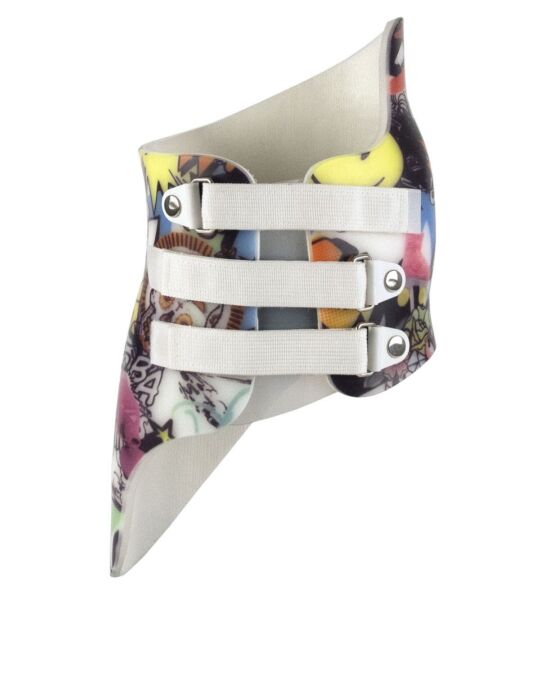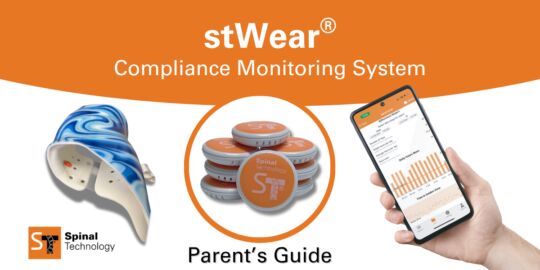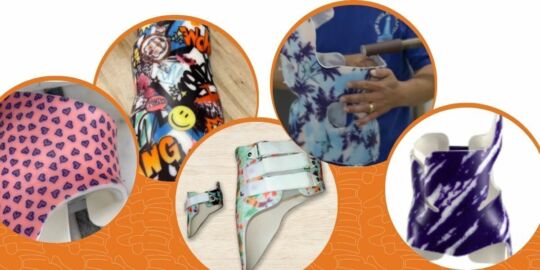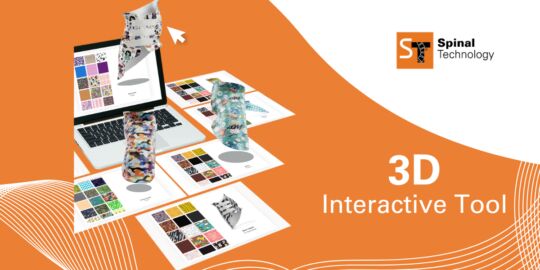Providence Nocturnal Scoliosis® Orthosis Protocol: A Suggestion for Best Practices
Initial fitting
At the initial fitting, we recommend the practitioner draw lines on the straps to make it easier for the patient to gradually tighten their brace. The goal should be for the patient to have adjusted the straps to the tightest point within the first 2-3 weeks of wearing the brace, or before their follow up appointment and initial in-brace x-ray. Over time, the patient can progressively tighten the brace to its appropriate fit.
After initial fitting of the brace, there is a “break-in period.” A loose fit is recommended until the patient can tolerate wearing the brace throughout the night. Then, progressive tightening should begin.
Initial “In-Brace X-ray” Protocol
Research shows there is a strong correlation between “best” or “initial” in-brace correction and follow up correction. The Providence® brace is a recumbent position orthosis. It is vital that the orthotist instruct the patient and care takers the proper donning of the brace to insure the best outcome for the “initial in-brace x-ray.”
In-Brace X-rays
All In-Brace X-rays must be taken with the patient in the supine position. The Providence Nocturnal Scoliosis® Orthosis is a recumbent brace.
Follow up appointments
At the 1st follow up appointment, the practitioner should check for any fitting issues the patient may be experiencing. Return visits should be every 3 months. The brace may need new straps after 6 months if the orthosis is being worn for the recommended time.
Please keep in mind, it is recommended you follow the patients orthopedic surgeon’s “protocol.” If applicable, it is best to schedule your patients visit around the surgeons scheduled visits to limit the amount of inconvenience for the patient and family.
Benefits of the Providence® Orthosis:
The Providence® brace was designed to correct both single and multiple scoliotic curvatures while in the recumbent position. When considering lumbar correction in the Providence® brace, the pelvic area on the convex side of the curve is not enclosed in the brace which allows increased pad pressure and progressive lumbar correction as the patient’s pelvis widens with growth. Another design benefit is the large void areas opposing the convex side of curve/curves. These void areas allow for derotation of the spine, expansion of the lungs for proper breathing, and overall comfort for the patient.
Brace Spacer:
The Providence® brace is shipped with one (1) spacer (attached to the opening). This is to maintain the shape of the brace during shipping and handling as well as to limit unwanted effects of the brace opening and curling. We recommend providing the spacer for the patient to use when the brace is not being worn.
Wear Time Success
Studies have shown there is a direct correlation between the hours of brace wear and the rate of correction in Scoliosis patients.
Related Links
Need more information?
Contact our Customer Service Team at 800 253 7868. We'll be glad to help you with your question.
stWear® Compliance Monitoring System
We developed the stWear® Compliance Monitoring System to help doctors, orthotists, parents and patients share the common goal of compliance.
The system includes our online stWear® portal for physicians, practitioners and office administrators; a smartphone app for parents, and a compliance monitor with extended battery life and bluetooth capability. The portal and stWear® app are designed to work with the stWear® Compliance Monitor that can be added to any one of the many custom scoliosis braces we fabricate.
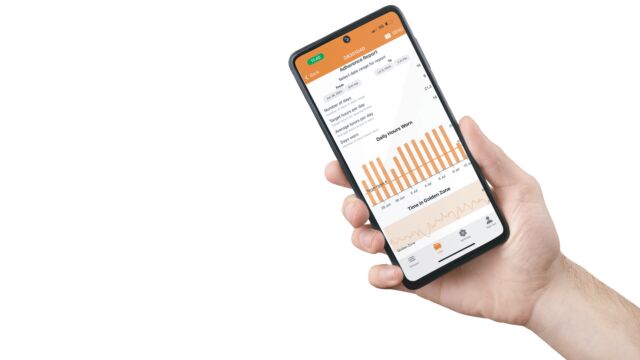
Define and review reports
Through the stWear® dashboard the orthotist has the ability to create weekly or monthly reports that will tell how often, and for how long, the patient is actually wearing the brace. We also offer the smartphone app for iOS or Android as an additional way to monitor your patient's compliance at a glance. stWear® is a great tool for practices with multiple locations.
Patient Recommendations
As the Providence® brace is a nighttime orthosis, we recommend patients and parents take advantage of additional opportunities to extend wear time when possible. Encouraging the child to lie down in a recumbent position for extended periods of time will aid in achieving more compliance. Suggested ways to accomplish this include the use of a bean bag chair while lying supine and watching TV, reading a book, or hanging out with friends.
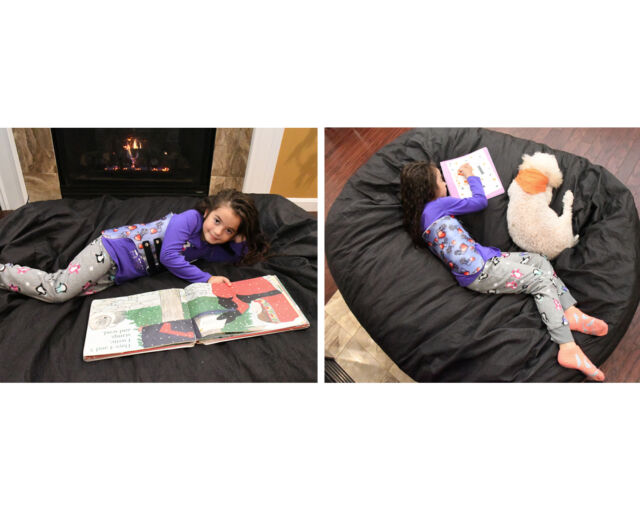
Bean Bag Chair
• Conveniently aids in compliance.
• A comfortable and fun way to achieve more positive outcomes!
